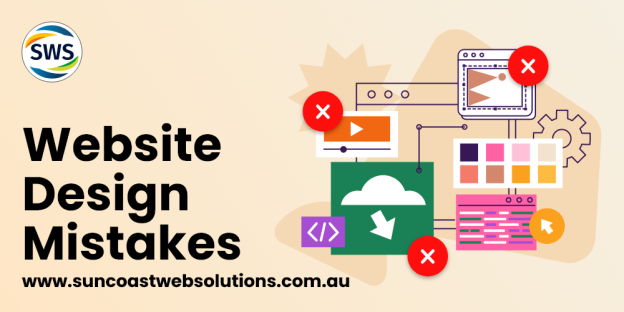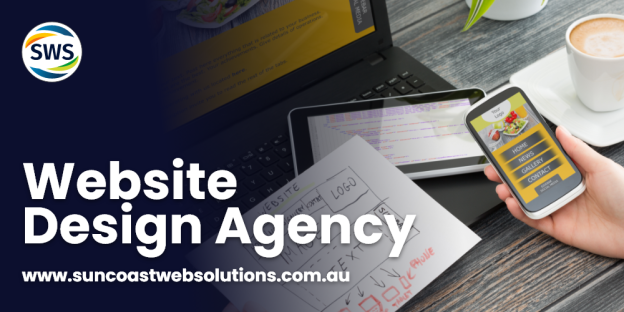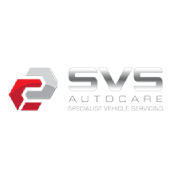Landing Pages That Convert: Best Practices for High Conversions
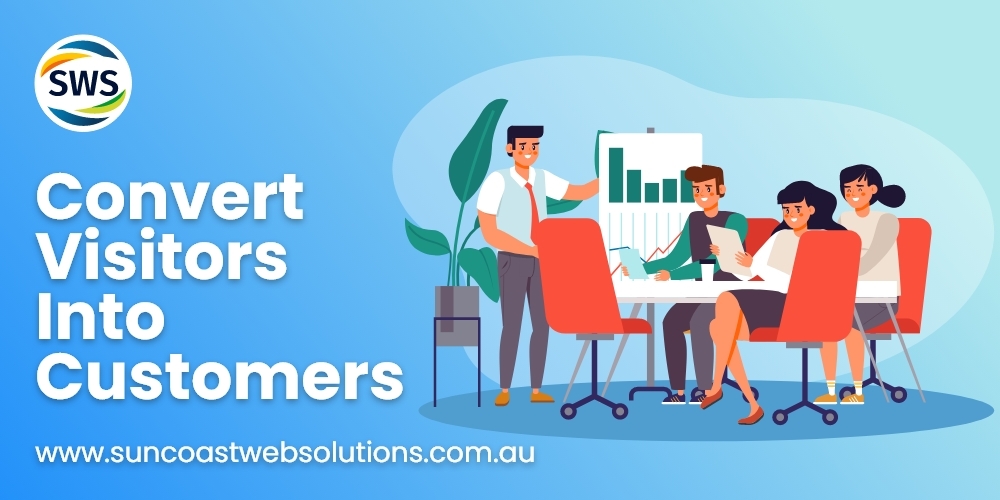
 30th May, 2025
30th May, 2025
Unlock the power of high-converting landing pages with proven design techniques and optimization strategies.
Table of Contents:
- Why Landing Pages Matter
- Key Elements for High Conversions
- How to Design Landing Pages
- Optimize Landing Pages for Conversion
- Common Mistakes to Avoid
- Key Takeaways for Success
- Conclusion: Ready to Convert?
Why Designing Landing Pages That Convert Matters for Your Business
Landing pages are the lifeblood of your online business. They can be the difference between a casual visitor and a loyal customer. But creating landing pages that convert? That’s where the magic happens. If your landing page doesn’t compel visitors to act, you’re missing out on potential conversions. Whether you’re running a small business or a large e-commerce site, landing pages are your secret weapon in turning traffic into revenue.
Think about it: a person visits your site. They see your offer, and they have a split second to decide if they’ll stay or leave. That’s why landing pages need to be designed not just to catch attention but to lead the visitor to take action.
In this post, we’ll guide you through best practices for designing landing pages that convert. We’ll dive into everything from design elements and user experience to psychology and copywriting that works. By the end of this article, you’ll have actionable strategies to turn your landing pages into conversion machines.
If you’re interested in exploring how AI’s impact on content creation can enhance your landing pages, take a look at AI’s Impact on Content Creation: Starting an SEO Agency.
The Key Elements of Designing Landing Pages That Convert
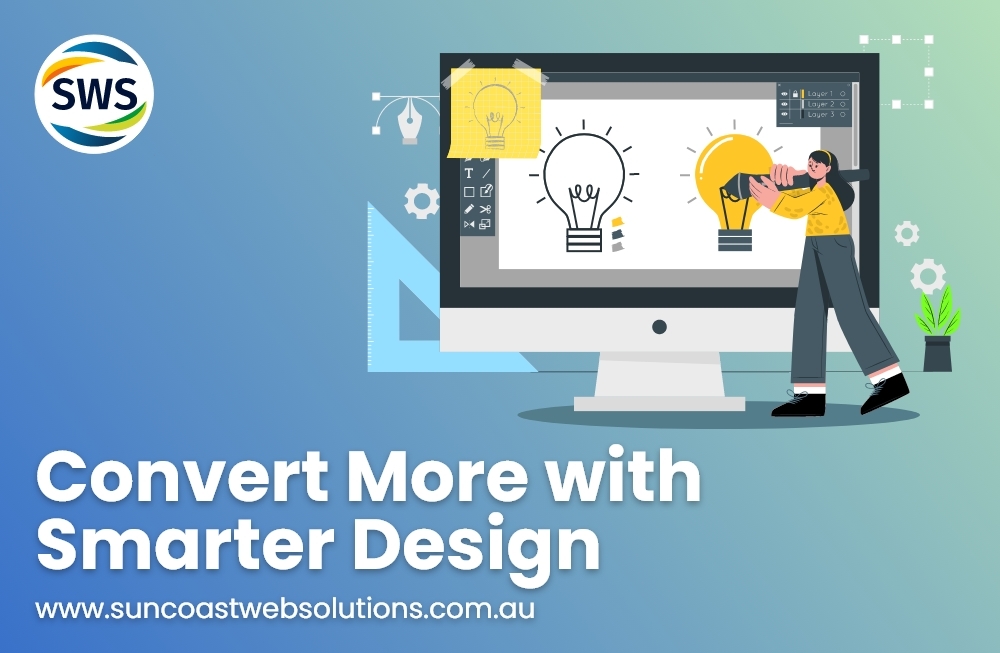
A high-converting landing page isn’t just about looking pretty. It’s about guiding the visitor through a smooth journey that leads to one thing: action. Here are some of the core elements that make a landing page effective:
1.Crafting Clear, Compelling Headlines to Drive Conversions
Your headline is the first thing a visitor sees. It needs to grab attention and make them want to read more. A good headline explains the value your visitor will get if they stay. It’s short, snappy, and to the point. Think of it as your first pitch. If it doesn’t hook them, they won’t stick around to see what else you have to offer.
Example:
Instead of “Get our free ebook,” try “Unlock your financial freedom today with our free ebook!”
2.Simplicity: Focused Design for Higher Conversions
Your landing page shouldn’t be a maze of links and distracting elements. Keep it simple. Focus on one goal, one call to action (CTA), and a design that doesn’t overwhelm. The last thing you
want is to confuse the visitor. Each element should serve a clear purpose—whether it’s guiding them to fill out a form, click a button, or make a purchase. Use a minimalist design to keep the attention where it belongs.
If you’re uncertain about the ROI of investing in good design, check out Website ROI: Why Cheap Design Could Cost You More for some valuable insights.
3.Persuasive CTAs and Copy: The Power to Convert Visitors
The copy on your page should speak directly to your audience. Use their language, focus on benefits, and make your offer clear. Your call to action (CTA) should stand out and make the next step crystal clear—whether that’s signing up, purchasing, or downloading something. An effective CTA tells the visitor what to do and gives them a reason to do it.
Example CTA:
“Get your free consultation now” sounds more compelling than simply “Submit.”
How to Design Landing Pages That Convert: A Step-by-Step Guide
So, you’re ready to dive into designing landing pages that convert. Let’s break it down step-by-step:
Step 1: Set Clear Goals for Your Landing Page
Before you design anything, ask yourself, “What do I want this landing page to do?” Your goal will determine the layout, design, and copy. Whether it’s getting people to sign up for a newsletter, buy a product, or download a resource, your goal will shape everything else. For example, if your goal is to generate leads, you might want to prioritize a simple lead capture form with a clear, irresistible offer.
Step 2: Design for Simplicity: Less is More for High Conversions
Clutter kills conversions. A clean, simple design helps the visitor focus on the important stuff: your offer and your CTA. Use white space effectively and make sure every element serves a purpose. Too many elements can confuse the visitor, leading to decision paralysis. A clear path from top to bottom, with one obvious action at the end, will guide your visitor through the page and increase conversion chances.
Step 3: Mobile Optimization: Ensuring Conversions on Any Device
More than half of internet traffic comes from mobile devices. If your landing page isn’t optimized for mobile, you’re losing out. Ensure that the page loads quickly, the text is readable, and the CTA is easy to click on all screen sizes. In fact, many users make quick decisions based on how a site performs on their mobile, so make sure your design is seamless and functional on all devices.
Step 4: Use High-Quality Images for Visual Appeal and Conversion
A picture is worth a thousand words, but only if it’s high-quality and relevant. Use images that illustrate the benefits of your offer, and make sure they’re visually appealing. High-quality images help visitors connect emotionally with your offer. For example, an e-commerce store might use product images that show the product in action, while a service-based business might showcase customer success stories.
Step 5: Building Trust with Social Proof to Boost Conversions
People trust other people. Adding testimonials, reviews, or user-generated content on your landing page builds trust. Display the results others have achieved with your product or service to help persuade visitors to take the next step. Social proof lowers perceived risk and builds credibility.
If you’re a local business looking for practical strategies to boost your marketing, check out Local Business Marketing Strategies for Measurable Results.
Optimize Landing Pages for Conversion: Expert Tips and Strategies
Creating a beautiful landing page is one thing, but optimizing it for conversions is another. Here are some expert tips to help you optimize landing pages for conversion:
1.Use A/B Testing to Maximize Landing Page Conversions
You’ll never know what truly works until you test. Use A/B testing to try different headlines, CTAs, colors, and layouts. By measuring which variations perform best, you can continually improve your landing pages. Test only one element at a time to get clear results. For example, test different headlines or button colors and track the conversions.
2.Use Action-Oriented Language in Your CTAs for Higher Conversions
Tell your visitors what to do next using action-oriented language. Phrases like “Download Now,” “Get Started,” or “Claim Your Offer” are more effective than vague CTAs like “Submit” or “Click Here.” These verbs give your visitors the clear instruction they need to take action.
3.Reduce Form Fields to Increase Conversion Rates
The fewer fields your visitors have to fill out, the higher your conversion rate will likely be. Only ask for the essential information. Long forms can discourage people from completing the action. Aim to make your form as short and simple as possible, asking only for the information you absolutely need. If you need more information, consider asking for it in follow-up stages after the visitor has already converted.
4.Implement Trust Signals for Conversion Confidence
Add elements that build trust, like security badges, money-back guarantees, or certifications. Trust signals help reduce anxiety, making it easier for visitors to convert. Including such signals will reassure visitors that their information is safe, and that your offer is credible and reliable.
Common Mistakes to Avoid When Designing Landing Pages
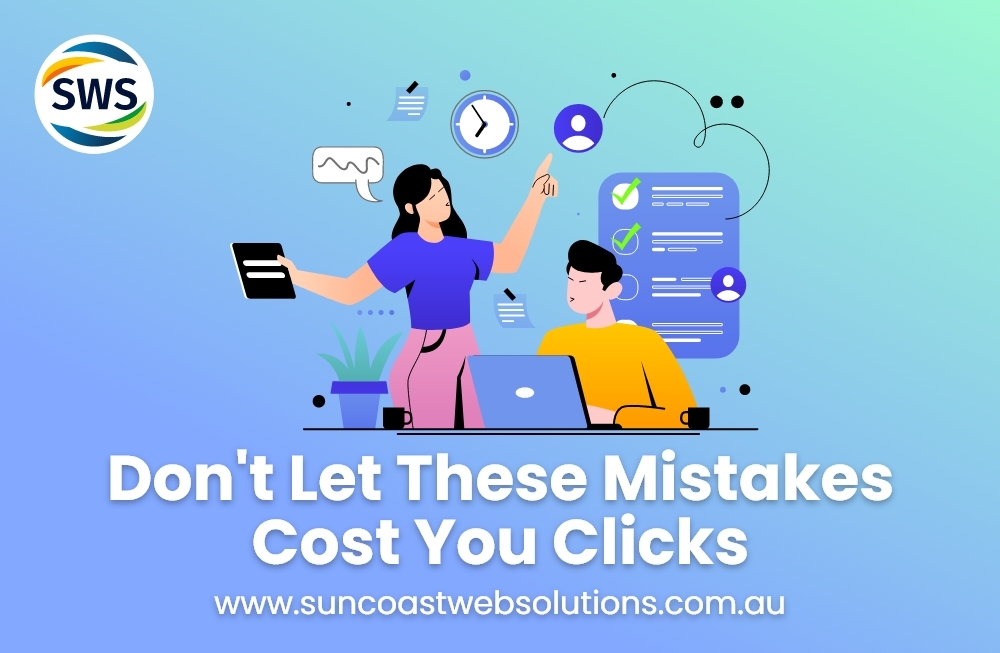
Even with the best practices in mind, it’s easy to slip up. Here are some common mistakes to watch out for:
1.Lack of a Clear Focus on Conversion Goals
Your landing page should have one goal. If you confuse visitors with multiple CTAs or too much information, you’ll lose conversions. Stick to a single purpose. For example, if you’re promoting a sale, focus the entire page on driving people to purchase the product. Don’t include other unrelated offers.
2.Slow Loading Times Hurt Conversion Rates
Did you know that 40% of visitors will leave a site if it takes more than 3 seconds to load? Make sure your landing page is optimized for speed. Use lightweight images and avoid overly complex elements that can slow down the page. Tools like Google’s PageSpeed Insights can help you test and optimize your page’s speed.
3.Poor Mobile Experience Reduces Conversions
We can’t stress this enough—mobile optimization is key. If your landing page doesn’t look good or work well on mobile, you’re driving away potential customers. With more users browsing on smartphones and tablets, your page must be mobile-friendly, with readable text, large clickable buttons, and a streamlined design that loads quickly.
4.Overuse of Pop-Ups Will Lower Conversion Rates
While pop-ups can be effective, they can also be annoying if overused. Use them sparingly and make sure they don’t interrupt the user experience. For example, consider using exit-intent pop-ups that appear when the visitor is about to leave the page, rather than displaying them as soon as the page loads.
Key Takeaways: How to Design Landing Pages That Convert
To recap, here are the most important takeaways for designing landing pages that convert:
- Have a clear goal: Know what you want your visitors to do and guide them toward that action.
- Keep it simple: A clean, focused design with a compelling CTA is crucial for conversions.
- Test and optimize: Use A/B testing to continually improve your landing page’s performance.
- Mobile optimization is a must: Ensure your landing page is responsive and user-friendly on all devices.
- Use social proof: Testimonials and reviews can help increase trust and encourage action.
Conclusion: Ready to Build High-Converting Landing Pages?
Designing landing pages that convert isn’t rocket science, but it does require attention to detail. By focusing on simplicity, clear goals, and user experience, you can create landing pages that turn visitors into customers.
Whether you’re building a landing page for a product, a service, or a lead generation campaign, remember that optimization is an ongoing process. Keep testing, keep tweaking, and keep improving.
If you’re ready to take your landing page to the next level, why not work with the experts? Suncoast Web Solutions specializes in designing high-converting landing pages that drive results. Need help building your landing page? Let’s talk!
we are your one-stop internet marketing solution on the sunshine coast!

 07 5479 3888
07 5479 3888



